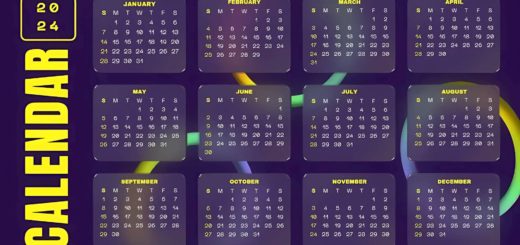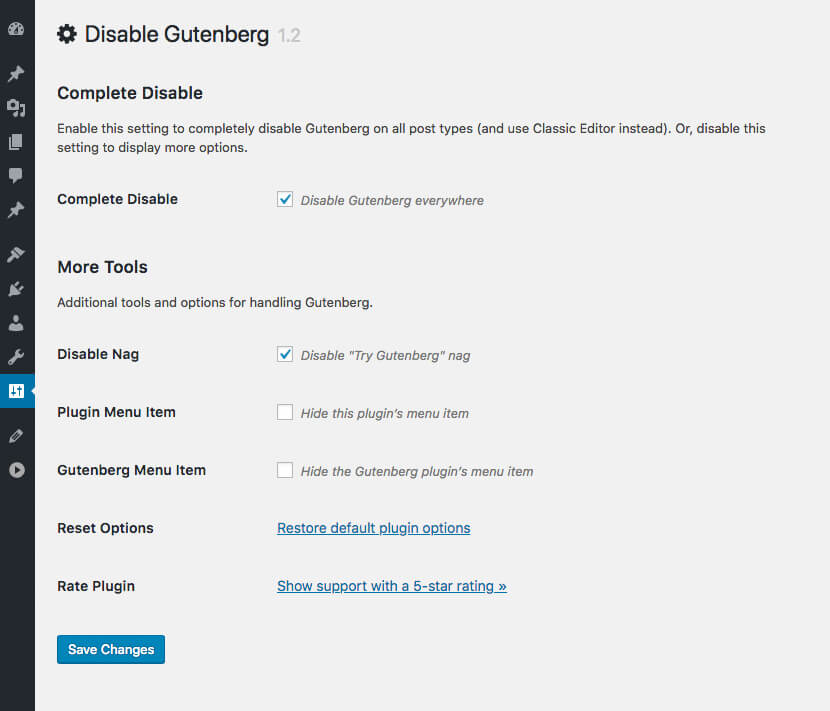Creating purple from blue and red | the magic of mixing

When you mix blue and red what color do you get? Of course the result is purple. Nevertheless the specific shade of the colors will determine how light or dark the purple will be. If we mix 50% of each we’ll get a perfect pale purple. To achieve a lighter shade of purple we need to use a lighter tone of red. In other words we need to mix red with white to lighten the tone.
So when we start to lighten the tone of red we’ll see the purple start to shift towards pink. If we lighten the blue the soft purple will shift towards violet. Essentially when we mix blue and red we get the plum color you’ll see in the web codes below. If you look at the image below you can clearly see how the red and blue blend in the middle to form PURPLE.
To see this more clearly we could mix two wall paints one red and one blue. This would give us a more vivid result and allow us to see the resulting color even better. On the other hand if you think this might be a bit expensive you can try a simpler experiment with watercolors.
With the second method we need to make sure we mix equal amounts of paint. Since we’re mixing with brushes when doing watercolors we might not be able to add exactly the same amount of each color. Of course if you want a cost-free option you can do this on a computer. However you’ll need to use programs that allow you to mix colors. And of course you’ll need to know how to use those programs. To mix red and blue in a program you’ll need to add the color codes I’ve given you below. This will show you the resulting color directly. To give as an illustration example you can do this in Photoshop using the following codes.
The mixed colors are:
♦ Red: #ff0000 ♦ Blue: #0072ff
So the color we ended up with is:
♦ Purple: #723f8d
If we want to adjust the resulting color we get from mixing red and blue we can use black to darken it and white to lighten it. Such as we add white to purple we’ll see it gradually become pink. Or if we add black we’ll get a deep eggplant purple. So the key to color transformations is understanding which secondary color we’ll get when we combine the initial primary colors. The next step is simply mixing white to lighten this hue or black to darken it.
So why do we mix blue and red?
For instance if you’re painting with oil paints and want to get purple you can mix the color tubes.
Or to give an example for children when playing with playdough you can mix blue and red playdough to get purple playdough.
Or when decorating a room if you need to turn the wall paint into a specific shade of purple you can add a little bit of red paint to the blue paint can to create a purple wall paint.
To give one last as an illustration you might want to get very different shades of plum like Night Purple in fabric dyes. To do this you’ll need to mix blue and red colors in a separate container in a 50% ratio.
Of course we could give more examples but I think we’ve given enough examples of what we can do by mixing colors. If you want to transform the mixture into even more different shades or add other colors to it you can install the Photoshop program on your computer and open the color palette to start editing. If you find it difficult to use this program you can also look at alternative programs.
What color do we get if we mix blue and red?
When blue and red two primary colors are combined they create purple. Since purple is a secondary color it is made by combining red and blue. The lightness or darkness of purple is directly proportional to the mixing ratio of the two colors. Additionally adding white creates a lighter purple while adding black creates a darker purple.
Changing the mixing ratios
We said that the color obtained from mixing blue and red is purple. But what color would we get if we mixed blue or red in different proportions? Let’s see together… Other colors we can get from mixing colors are:
- 1) Blue %90 + Red %10 = PASTEL BLUE (#3064e3)
- 2) Blue %80 + Red %20 = INDIGO (#5b66ca)
- 3) Blue %70 + Red %30 = VIOLET (#8164b1)
- 4) Blue %60 + Red %40 = PURPLE (#a25f98)
- 5) Blue %50 + Red %50 = WINE RED (#be577f)
- 6) Blue %40 + Red %60 = DARK CHERRY (#d54c66)
- 7) Blue %30 + Red %70 = LOVE COLOR (#e73e4c)
- 8) Blue %20 + Red %80 = CARMINE (#f32d33)
- 9) Blue %10 + Red %90 = NEON RED (#fb1719)
If you think about adding other colors to the mixtures you won’t know what colors will appear without testing them. Hence it would be useful for us to see this much more easily in advance with a color mixing palette. Nevertheless if you don’t know how to use a color palette you can learn by experimenting. Because as I mentioned before the cheapest way to do this is to use watercolors.
How is red obtained?
Even if you wanted to create a color mixture to find red you wouldn’t be able to. Because red is one of the 3 primary colors (1: blue 2: yellow and 3: red). In other words primary colors are not created by mixing other colors. As a result we cannot create a mixture to find red. So we can say that red has no mixture.








